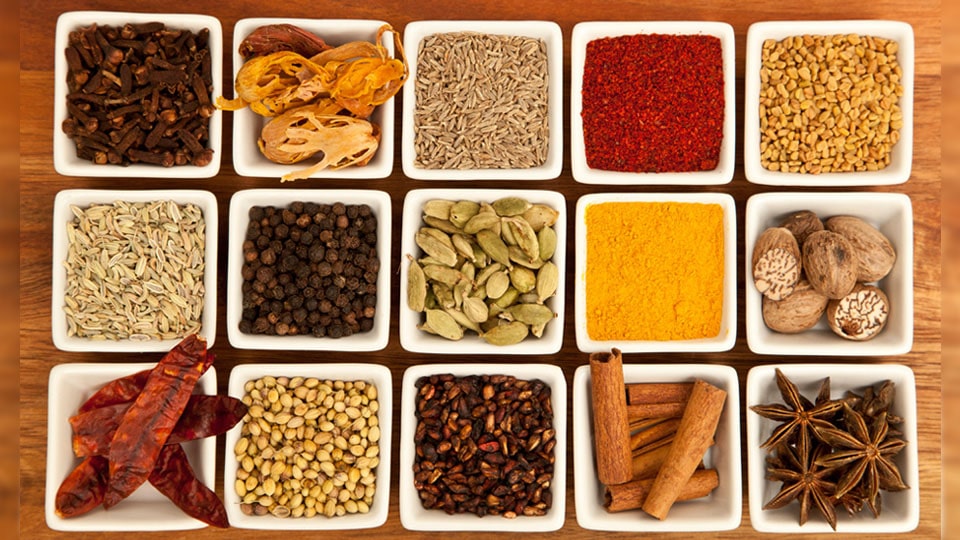Noted oil chemist, food scientist, nutritionist and food historian, all rolled into one, Dr. K.T. Achaya (1923-2002) in his well-researched work titled Indian Food: A Historical Companion (Oxford University Press 1994), expedited during his brief association with Mysuru-based Central Food Technological Research Institute (considered as the golden years of the national laboratory), has authoritatively observed that while dosai and vadai (the two most consumed snack-cum-breakfast dishes) have a hoary two-thousand-year history in Tamil region, Idli (another ubiquitous dish) has its origins in a foreign land. Identity of the pioneers who have gifted every one of the large number of dishes and their recipes is lost in antiquity. Examples of the famed Mysore Pak having been first made by a staff in the kitchen of Mysore Palace during the rule of Nalwadi Krishnaraja Wadiyar, remembered by the name Kaakasura Madappa, may not exceed the number of fingers of our hand. Rarer still are occasions when we express gratitude to any of the unknown pioneers of India’s delicacies.
The grain Ragi (Finger Millet, Eleusine coracana), traditional staple food for the land’s rural population, rated as a storehouse of multi-nutrients, consumed mostly as ragi mudde (lump) in Karnataka and parts of Andhra Pradesh, prepared with just three ingredients — ragi flour, water and salt) — has made news this week having been bestowed modern technological input for the recipe.
The scenario of food habits of urbanites has already undergone a sea change on many counts which are there for all to experience. First of all, the link between the past of the land’s traditions marking the preparation, serving and enjoying the innumerable dishes and present times, namely the grandma, the virtual work-horse in the kitchens of Indian homes, is no where to be seen, except in old age homes, mushrooming on an unprecedented scale in and around cities, including Mysuru. Secondly, the urbanites, cutting across all cross-sections of the social fabric, rushing to restaurants as well as road-side eateries, in spite of their limited menu. Thirdly, with housewives turning into the category of working women, leaves neither time nor energy nor frame of mind to toil in the kitchen. Fourthly, opting for convenience, families are increasingly patronising packaged ready-to-eat foods and fast foods, in addition to door delivery of lunch by caterers.
Cooking food for the family on traditional lines, being labour intensive, not being attractive to the female any more, the males are required to peel potatoes as it were to keep soul and body together. The just reported rush of graduates seeking cook’s job in a government department for earning livelihood may see a day of cutlery and crockery in homes gathering dust. History of Indian foods is heading to be rewritten.








Recent Comments